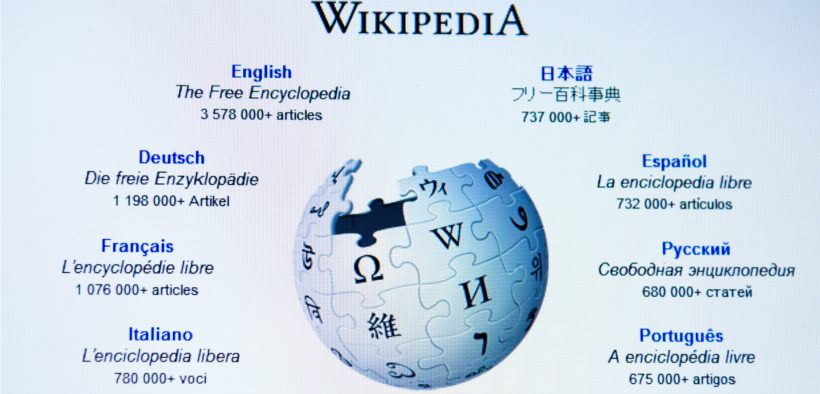The traditional college assignment is seen by the instructor and nobody else. But having students contribute to Wikipedia gives them the pride of knowing that what they are creating will benefit others who use the information. For this reason I assign my upper-division courses to create a Wikipedia entry on a topic related to the class. It is a meaningful and authentic learning experience that transitions students from student to contributor, which is the next step in their lives beyond graduation.
Related Articles
I have two loves: teaching and learning. Although I love them for different reasons, I’ve been passionate about...
Active learning is a mostly meaningless educational buzzword. It’s a feel-good, intuitively popular term that indicates concern for...
Perhaps the earliest introduction a student has with a course is the syllabus as it’s generally the first...
Generative AI allows instructors to create interactive, self-directed review activities for their courses. The beauty of these activities...
I’ve often felt that a teacher’s life is suspended, Janus-like, between past experiences and future hopes; it’s only...
I teach first-year writing at a small liberal arts college, and on the first day of class, I...
Proponents of rubrics champion them as a means of ensuring consistency in grading, not only between students within...









